Grab some pH buffer solutions and follow Cody Littleton, our primary HydroCAT-EP Service Technician, as he walks you through how to calibrate this pH sensor.
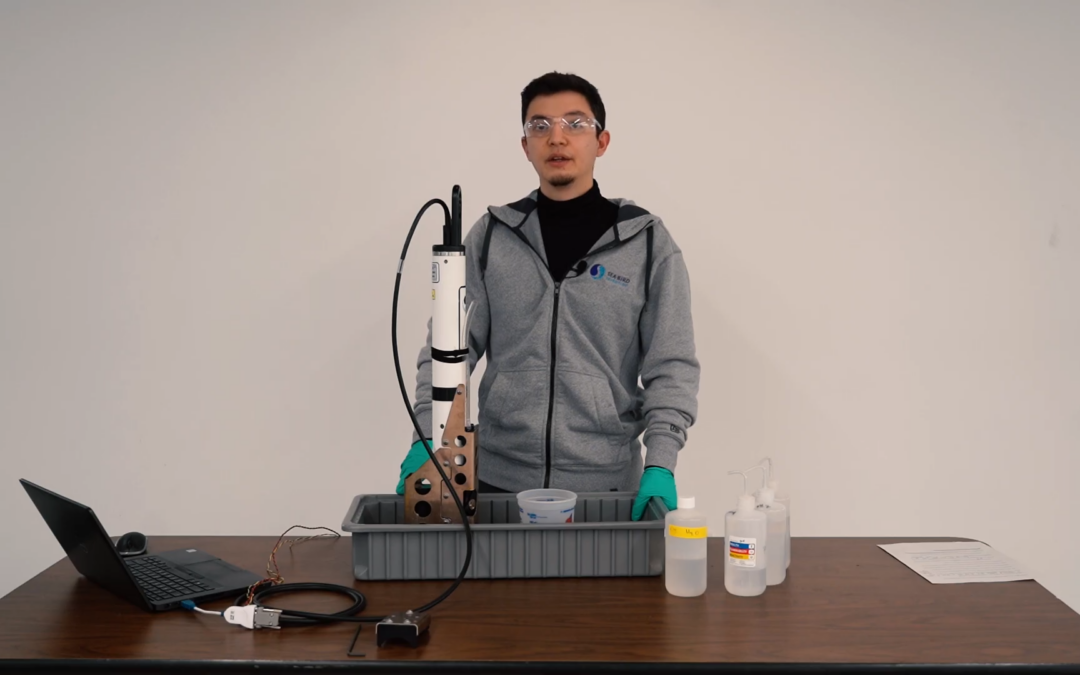

Grab some pH buffer solutions and follow Cody Littleton, our primary HydroCAT-EP Service Technician, as he walks you through how to calibrate this pH sensor.
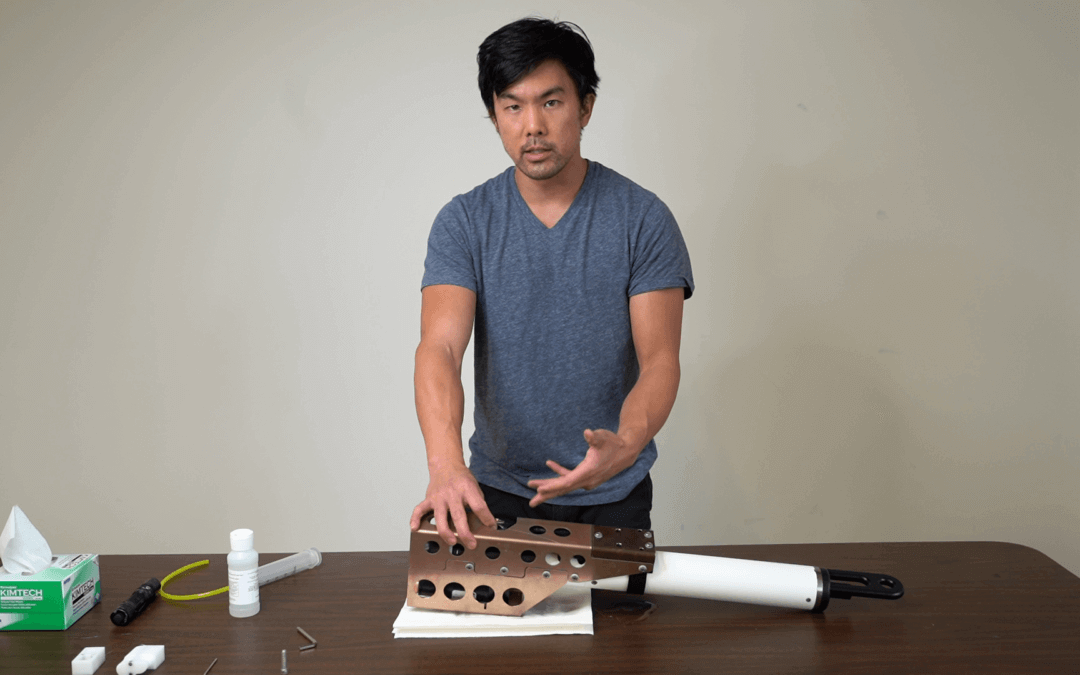
We’ve built new safety features around the HydroCAT-EP V2’s pH sensor. Watch Greg teach you how to properly flush and store your pH sensors to get the most out of your gear.
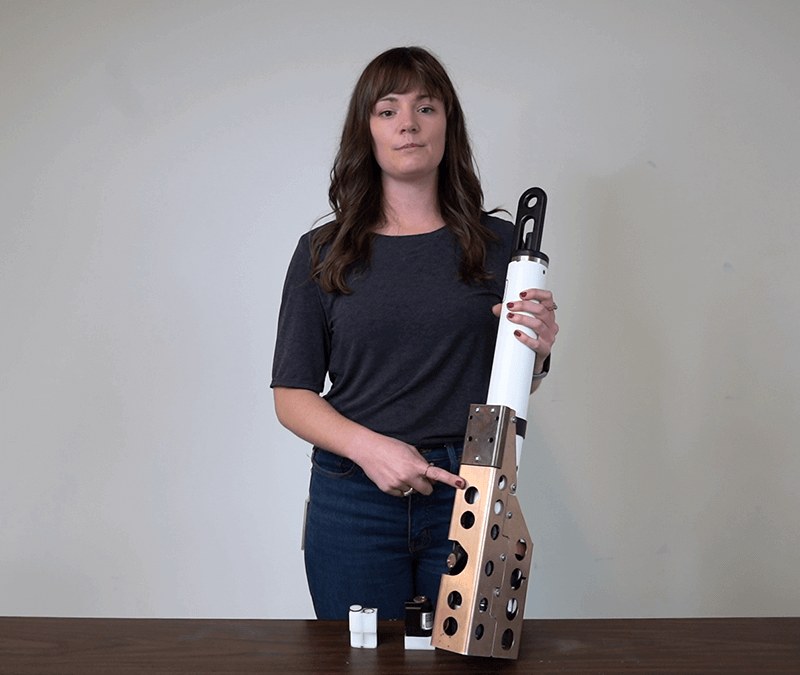
The HydroCAT-EP V2 is the next generation of multiparameter instruments. It measures CTD data alongside dissolved oxygen, pH, fluorescence, and turbidity, all within a single self-contained package. Learn about the new changes to this product.
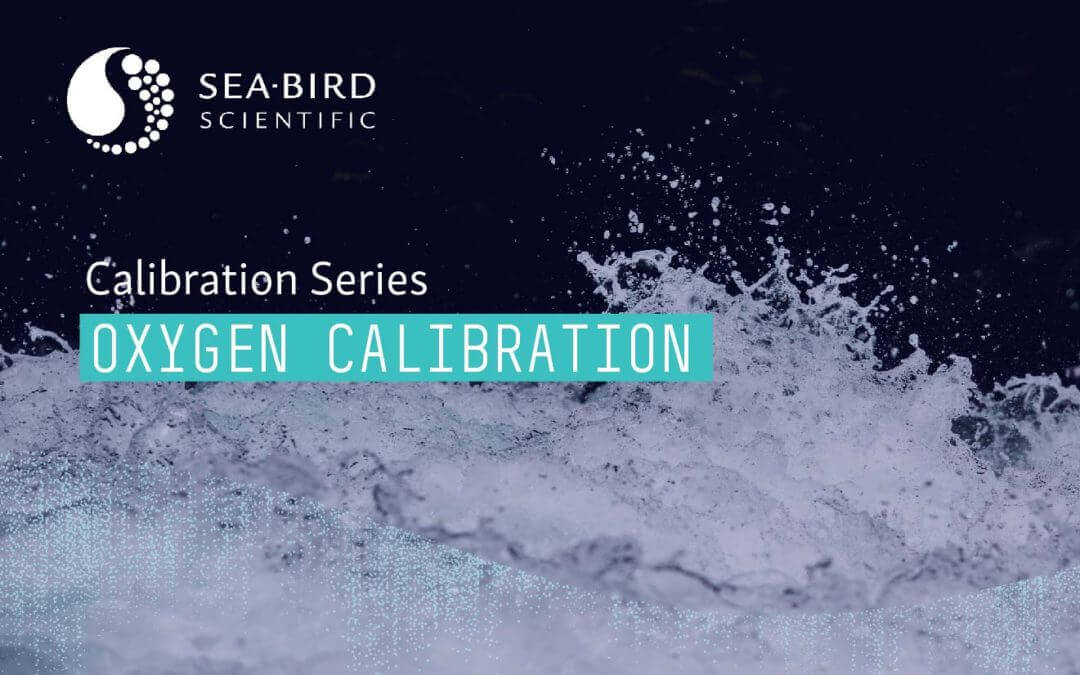
Our dissolved oxygen sensors, the SBE 43 and SBE 63, are calibrated with tools and methods we learned from calibrating our world-class temperature and conductivity sensors. Get a look behind the scenes in our calibration lab.
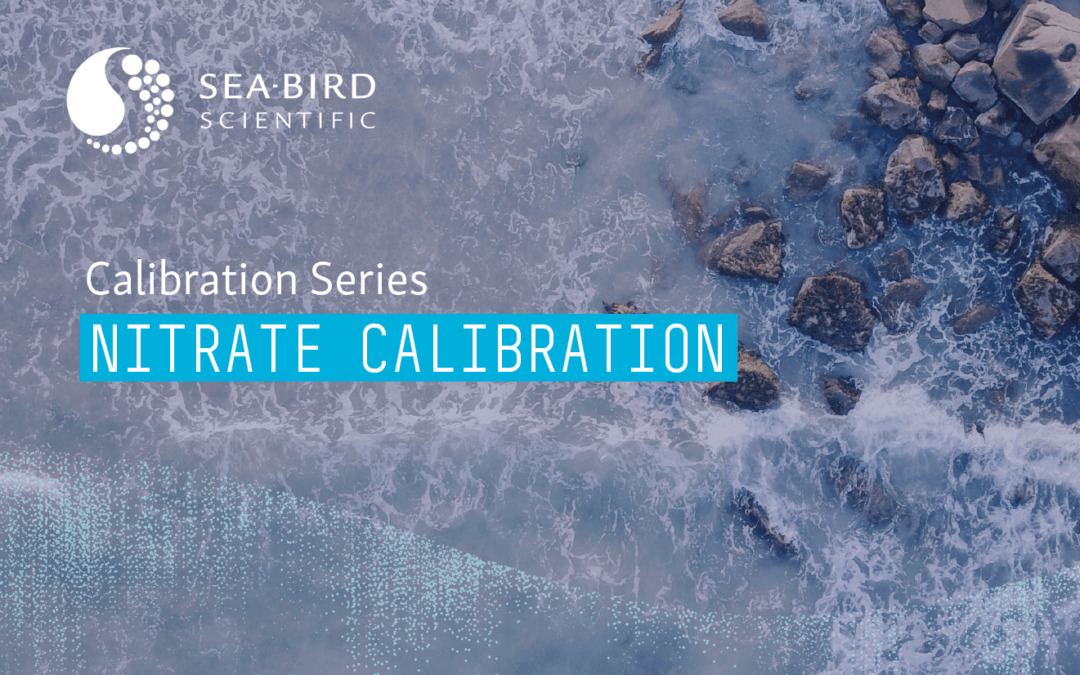
The SUNA V2 is an ultraviolet spectrometer designed to measure nitrate in-situ. At Sea-Bird, we use a temperature-controlled bath and various solutions to characterize and calibrate the sensor’s output. Learn how we prepare SUNA V2s for seawater and freshwater deployments.
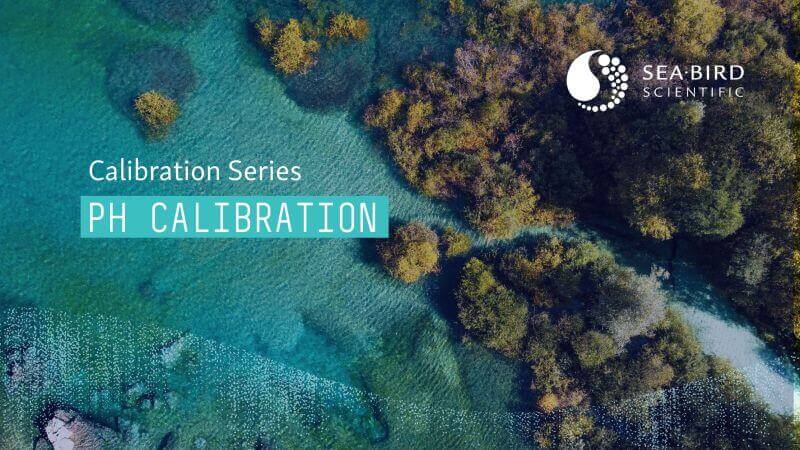
ISFET pH sensors, like the SeaFET V2 and SeapHOx V2, receive a factory calibration, and don’t require regular field maintenance. Learn how we’ve adapted our calibration facility to account for conditions these instruments meet in the wild.
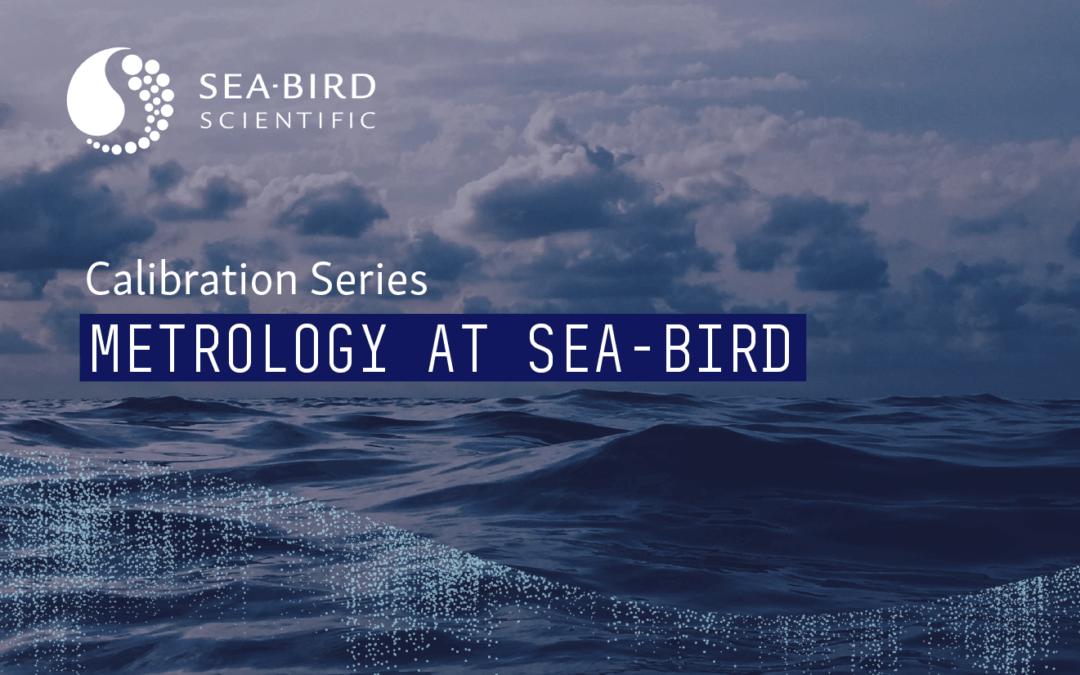
Conceptually, inductive moorings seem complex – communicating with 100 instruments through a single cable doesn’t exactly sound intuitive. But, in practice, the setup is surprisingly simple. Watch our latest video to see how easy it is to test and simulate an inductive modem mooring.
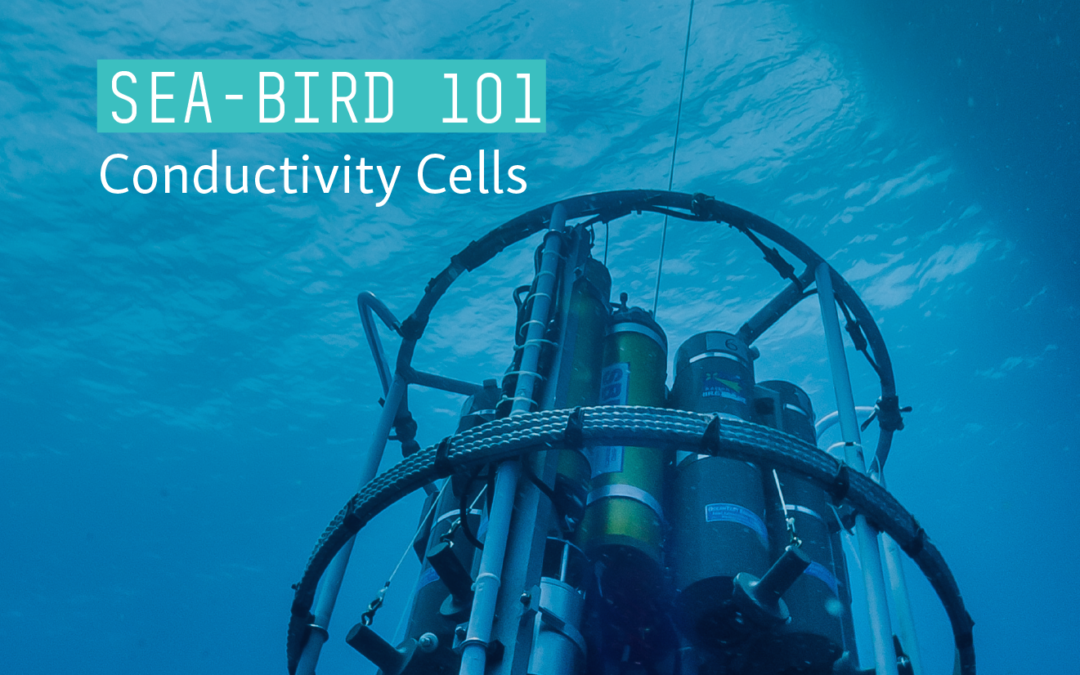
Conceptually, inductive moorings seem complex – communicating with 100 instruments through a single cable doesn’t exactly sound intuitive. But, in practice, the setup is surprisingly simple. Watch our latest video to see how easy it is to test and simulate an inductive modem mooring.
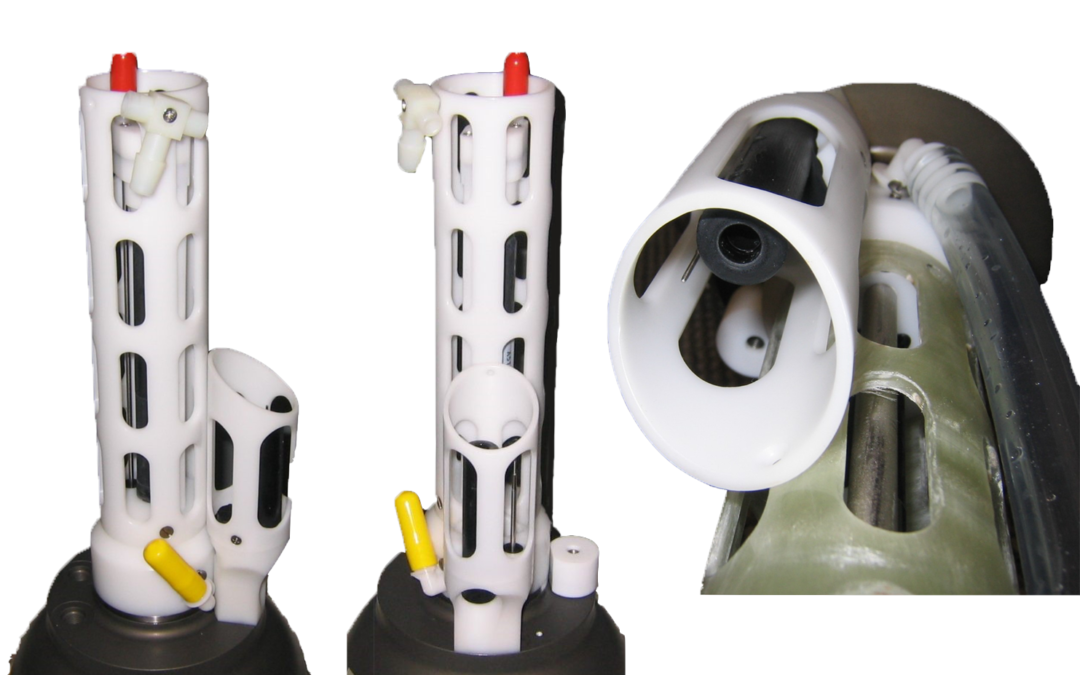
You never know what’s floating on the surface. That’s why Sea-Bird created the STS – to prevent the main Argo CTD from ingesting surface contaminants, but still obtain surface data. Learn how it helps extend deployments.
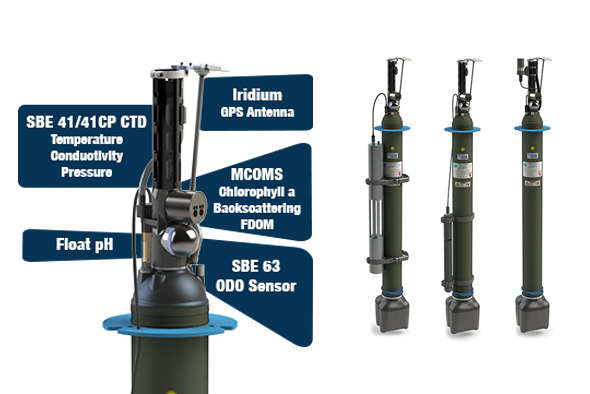
Did you know that the sensors that power BGC-Argo are also in heavy use on shipboard and moored platforms? Learn about the analogous BGC sensors for deployment on moorings and vessels, and how your field crew can keep stride with ocean robots.
We hope to see you at UG2 '24 We are excited to sponsor the upcoming 2024 Glider Workshop in Ann Arbor, Michigan, from September 10 - 12, 2024. Overview This workshop will bring together the global underwater glider community to strengthen international collaboration...
Press Release Wednesday, June 26 2024 Collaboration and partnership is at the core of what we do. We are - Enabling the science that matters - working with scientists and researchers across the globe to provide instrumentation that produces defensible and accurate...
Celebrating and honoring our LGBTQIA+ communities It is in our DNA at Sea-Bird Scientific to embrace community and the beauty in diversity. As during previous Pride Months, we have changed our logo on social media to feature the colors of Pride throughout the month of...